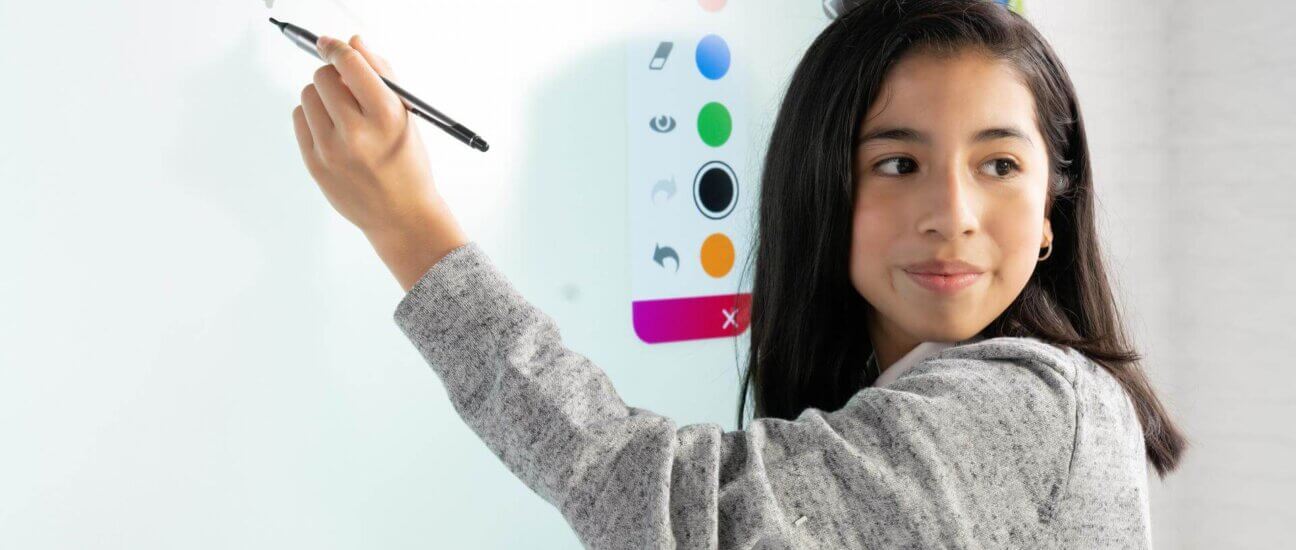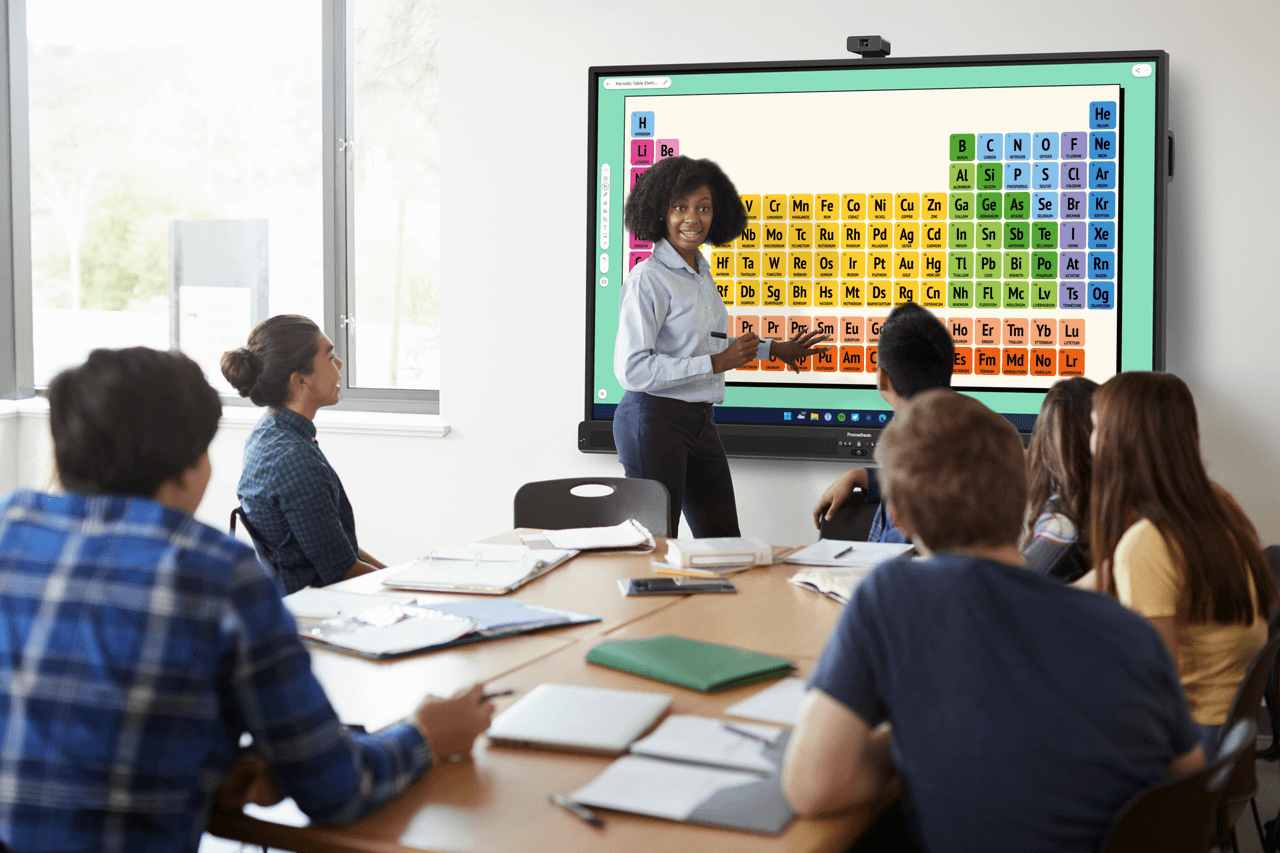Published on March 15th, 2022
What is digital storytelling?
9 minute read

Digital storytelling is a new form of communication that makes it easy for anyone to tell their stories in an appealing, interactive way.
This technique has been used by educators for some time now to facilitate deeper student engagement and material retention.
And while digital storytelling has always had educational benefits, recent advances have made the process much easier and quicker than ever before. The creation of professional-level videos and educational materials are within the reach of anyone with the savviness to use a search engine. No special training or costly contractors are needed.
This article will explore how digital storytelling can be used in K-12 classrooms today, as well as provide tips on how you can get started in your classroom tomorrow!
Digital Storytelling Defined
Digital stories might be short videos, social media posts, or web pages that tell a narrative of an event, a lesson, or a situation. Through the combination of digital media and storytelling, we can create a more personalized and authentic representation of stories that engage students both cognitively and creatively.
The use of digital storytelling among various fields is vital in allowing students to catalog their learning process as well as being able to share those stories with peers. This communal knowledge helps encourage self-taught skills while intertwining ideas. Digital storytelling is becoming popular with different disciplines such as;
- Communication
- Business
- Marketing
- Health care
- Journalism
- Education
As we progress into training students for jobs in this century, we must allow and encourage our mini scholars to express their stories through different varieties of digital media. By allowing students the freedom to not only shape their own stories but control the medium in which they are told, we can truly capture students’ passions and make learning more relevant to their lives.
Digital storytelling blends the technology that students are using daily with the lessons they learn in class. This makes it easier for them to relate to the information being given and to interact with it.
As educators, the goal is to engage students so they learn new concepts and gain new skills. Digital storytelling is an easy way to do this because it uses a medium that students already use in their daily lives.
Benefits of digital storytelling in the classroom
Fosters creativity
Since students are creating their own stories, it allows them to make connections between what they are learning and other areas of their lives.
Teachers see greater engagement from students when they are given open-ended assignments with opportunities for creativity than when they are assigned traditional essays. By blending creativity with the research and writing components of an essay or other assignment, teachers help students reach their full potential.
Ideal for in-depth learning
To have a full understanding of a topic, it is ideal to have multiple approaches to learning.
Digital storytelling helps students use all of their senses and process information visually. The combination of text, sound, and images makes memorization easier and helps them to avoid getting information confused.
Demonstrates understanding of concepts
After completing an assignment, there is evidence of what the student learned instead of guesses about what the teacher thinks they understand.
When students can share their knowledge with others through digital storytelling, it allows them to process and organize their thoughts and also to check their work for errors.
Unlike a test, where students may “cram” at the last minute and forget the work later, students who engage creatively and work with multimedia presentations are much more likely to absorb the material.
Encourages technological literacy
Digital storytelling can be done by anyone with access to a computer and an internet connection, regardless of their technical expertise.
By giving students opportunities for creativity in the classroom, you are enhancing their technological literacy while teaching them skills they will need when entering the workforce or post-secondary education. Students can learn and engage in digital storytelling through online tools and platforms like Canva, Zoom, and Piktochart. Knowing how to use these tools can help students greatly in any profession.
Collaborative learning
In school, students learn how to work with others but they are normally not given the opportunity to collaborate creatively.
When students can work together to create a story using digital tools, it shows them that working with others is an integral part of being successful in the workforce and society. It also gives them time to practice communication and critical thinking skills.
Improves written skills
When students can use their own words and apply them to an assignment, they learn valuable writing skills.
Through the process of digital storytelling, students can practice accurate grammar as well as proper sentence structure.
Improves communication skills
The process of creating a digital story allows students to share their thoughts and ideas with others.
Students can highlight and discuss their work together, which improves communication skills without the fear of failure that students may feel in more formal tests or assessments.
Methods of digital storytelling in the classroom
There is no wrong way to use digital storytelling in your classrooms.
These are just some of the ways in which you may make use of this medium for assignments to benefit your students:
- Share a creative writing story with multimedia tools.
- Create a multimedia presentation on a specific topic to share knowledge with others.
- Create a visual poem.
- Persuade the class with an argument through a digital story.
- Recount a historic event digitally.
- Create a website for a book they read for a report.
- Stage an interview with a historical character.
- Film a virtual tour of a location with historic facts.
- Create a science or math TV/quiz show.
How can I use an interactive whiteboard for digital storytelling?
Interactive whiteboards (also called interactive displays) allow for much more than reading and writing. These hardware and software applications make the possibilities endless when it comes to digital storytelling. Not only do they encourage general participation and engagement, but they also offer students a hands-on opportunity to lead the class in their digital storytelling.
Students can use the whiteboard to host quizzes that engage their peers, collaborate on ideas, and host virtual debates.
When the digital board is used for digital storytelling, the possibilities are also endless with how students can present their information.
Digital storytelling and Promethean interactive displays
Do you want to use digital storytelling in your classroom?
Promethean interactive displays are the perfect way to get started with digital storytelling.
They allow students to create engaging presentations that can be shared with others.
All kinds of content can be used on an interactive whiteboard – from quizzes and polls, all the way up through virtual debates and science TV shows.
Contact us today to request a FREE demo.




